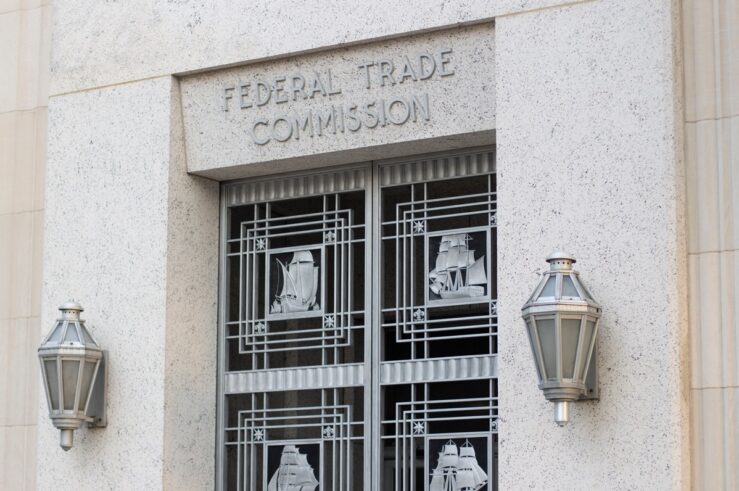Much significant regulation has been inflicted on the financial markets over the last decade with little regard for evidence of whether the regulation is likely to accomplish its intended purpose. A couple of recent studies on SOX and Dodd-Frank suggest that at least some of this regulation has made things worse.
Kim and Lu, Unintended Consequences of the Independent Board Requirement on Executive Suites investigates the effect of SOX independent director requirements. They find that the executives react to the regulation by filling executive suites with their friends, with worse results for their firms. According to the abstract:
Following enactment [of SOX], affected firms fill their executive suites with significantly higher abnormal fractions of top-executives appointed (AFTA) during the current CEO’s tenure, replacing predecessors’ appointees. * * * [T]he newly appointed executives are more connected to their CEOs through past employment. * * * Higher AFTA is associated with lower firm valuation and less profitable acquisition bids. Moreover, the regulation’s overall effect on shareholder value is negative and significant, implying that the benefits of more independent directors are overwhelmed by harmful effects of the unintended consequences.
The good news is that markets to some extent ride to the rescue:
Importantly, affected firms facing strong product market competition do not increase AFTA. Strong external pressure for good governance from the product market seems to preclude the unintended consequence, demonstrating the merits of market-based solutions for better governance.
This suggests that the market would have done a better job on governance if the regulators had simply left them alone, at least in terms of independent director regulation.
The authors explain why, in theory, we should expect exactly what occurred:
Board independence is but one of many facets of a firm’s governance structure. When regulation imposes a quota on one area of governance, it may have spillover effects on other less regulated areas of governance. The purpose of this paper is to identify spillover effects of the independent board requirement and ask: What are the effects of the regulation on shareholder value and what circumstances allow the spillover effects to take place?* * *
We explain these results with the Hermalin and Weisbach (1998) model, which shows in the absence of regulation, board independence is endogenously determined by a bargaining process between CEOs and boards, leading to an outcome where CEOs with greater bargaining power (due to their perceived superior managerial talent) have less independent boards. The quota on the percentage of independent directors nullifies the bargaining outcome for firms without independent boards, reducing their CEO influence over the board below what they bargained for. To recoup the loss of influence, these CEOs may attempt to increase their influence in their executive suites by replacing top-executives appointed by their predecessors with more of their own men–“circling the wagons” against more independent directors by assembling a more closely aligned and loyal team of top-executives. CEOs affected by the regulation will be more effective in making these personnel decisions and meet less resistance from the board because of their relatively strong bargaining positions, which according to the Hermalin and Weisbach model, is witnessed by the greater proportion of dependent directors prior to the regulation.
Martin, Trends in Financial Reporting: Shareholder Rights as a Poor Solution to Financial Reporting Abuses, studies the effect of shareholder rights provisions of Dodd-Frank. According to the abstract, it finds
a general positive relation between stronger shareholder rights and accruals-based earnings management. Even when coupled with other reforms such as the Sarbanes-Oxley Act of 2002, this general positive relation may persist. These results provide evidence consistent with the inability of stronger shareholder rights to reduce earnings manipulation and actually provide evidence to the contrary. For those who propose shareholder rights as a solution to reduce irregularities in financial reporting, this paper should at a minimum cause pause and hopefully redirect regulatory and legislative efforts to more effective tools.
Martin theorizes that where shareholders are stronger managers have stronger incentives to manipulate earnings to keep them happy.
From the conclusion:
At a minimum, this paper provides additional evidence that manager discretion in financial reporting is complex, with many confounding incentives simultaneously in operation, with some in competition with one another. Therefore it is important for researchers to continue to explore better ways to identify and empirically document the factors that affect financial reporting decisions.
The lesson from both these papers is that corporate governance is a more complex mechanisms than the regulators thought.
Of course even more conscientious regulators than the ones who enacted SOX and Dodd-Frank in a regulatory panic (see Romano on SOX) can’t predict all the potential effects of their laws. That’s why they need to be more modest and recognize the need for regulatory competition (like the state competition that used to prevail in corporate governance) or at least sunset and opt-out provisions for federal regulation. See Butler and Ribstein and Ribstein.




